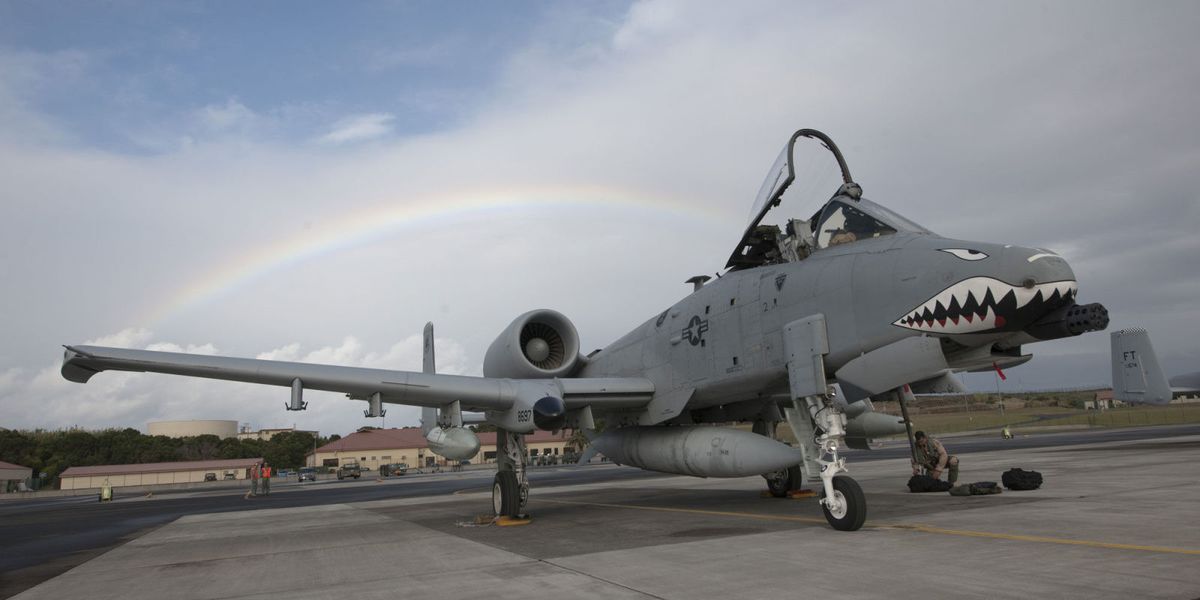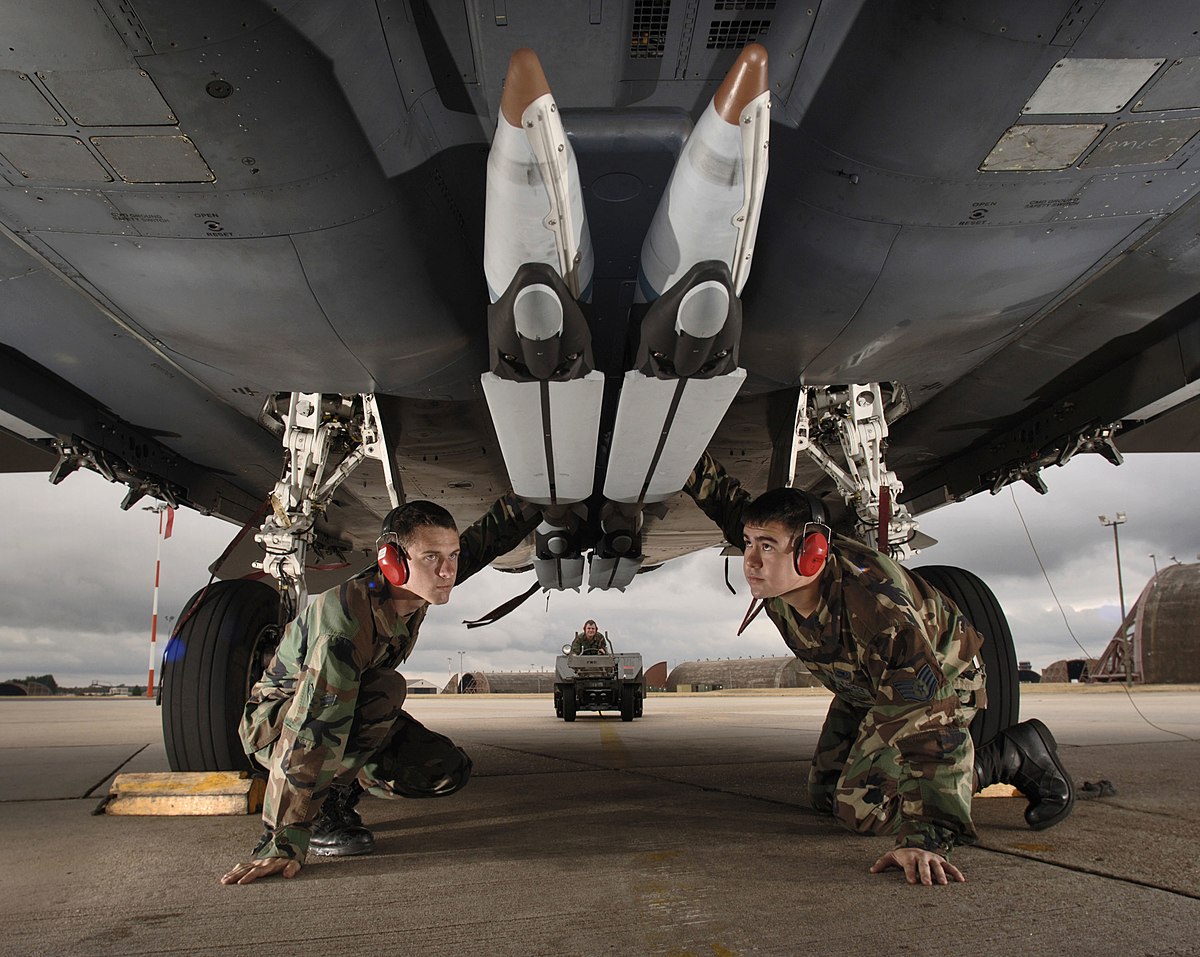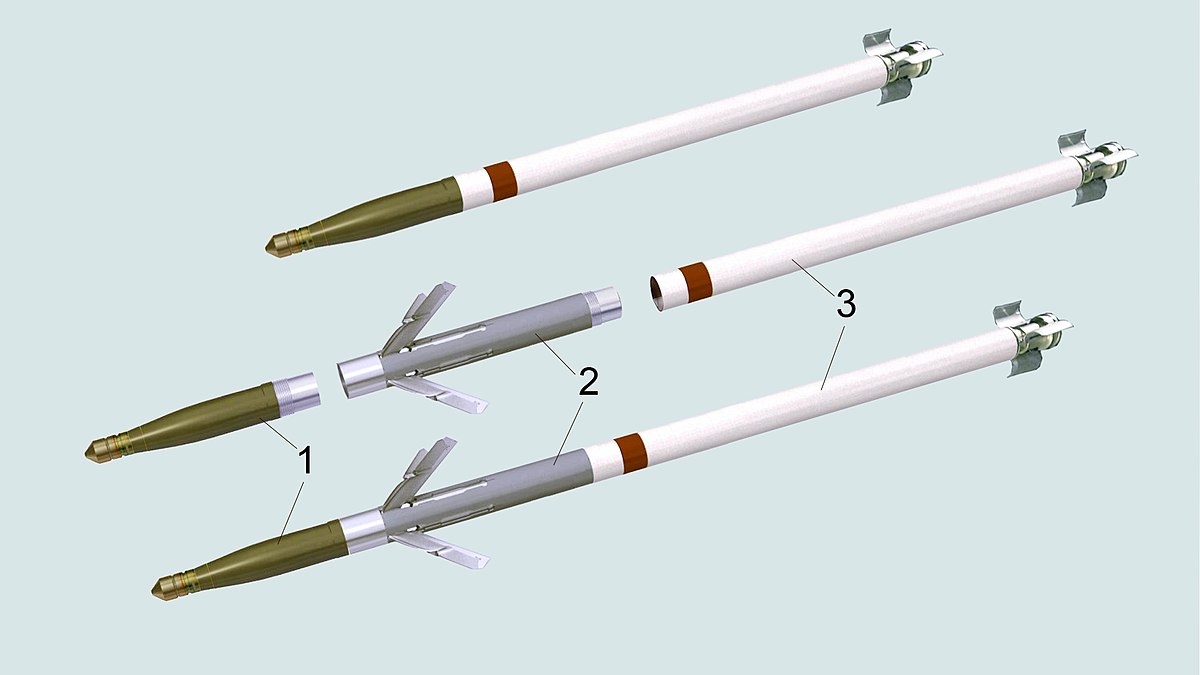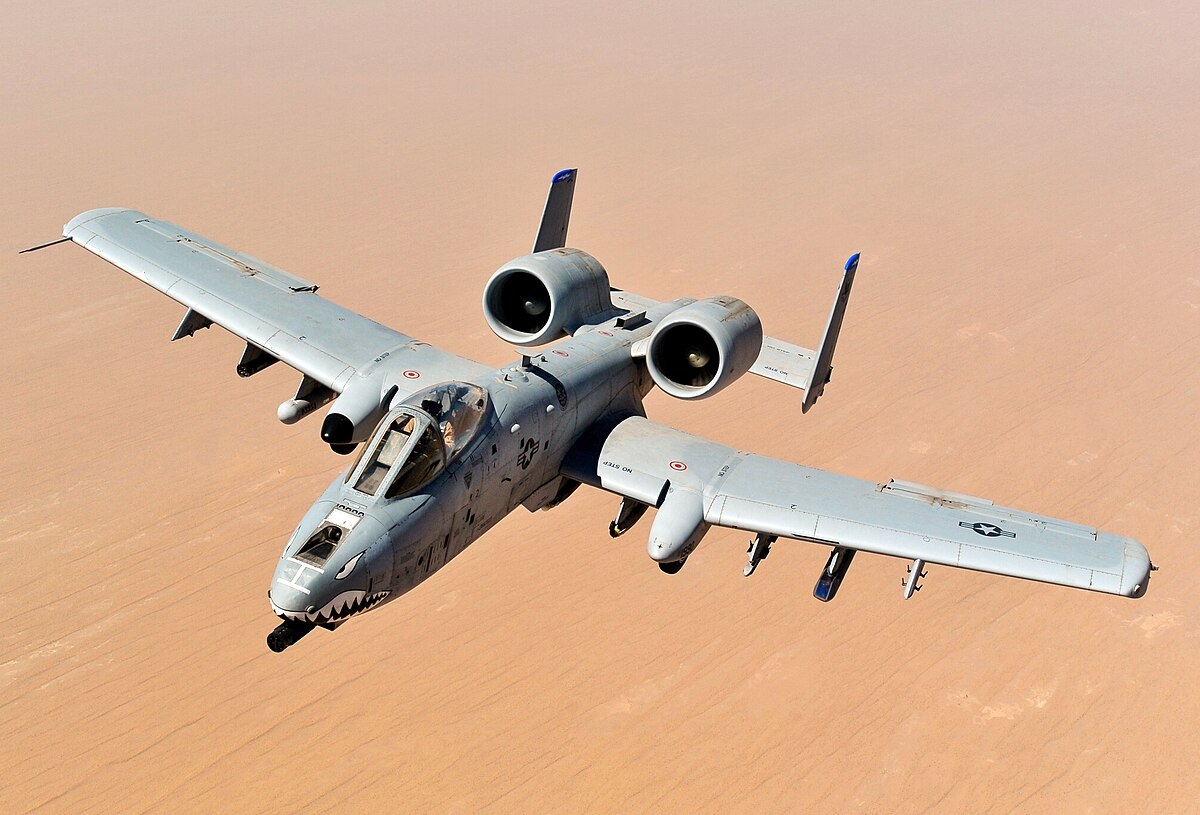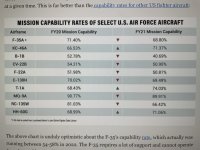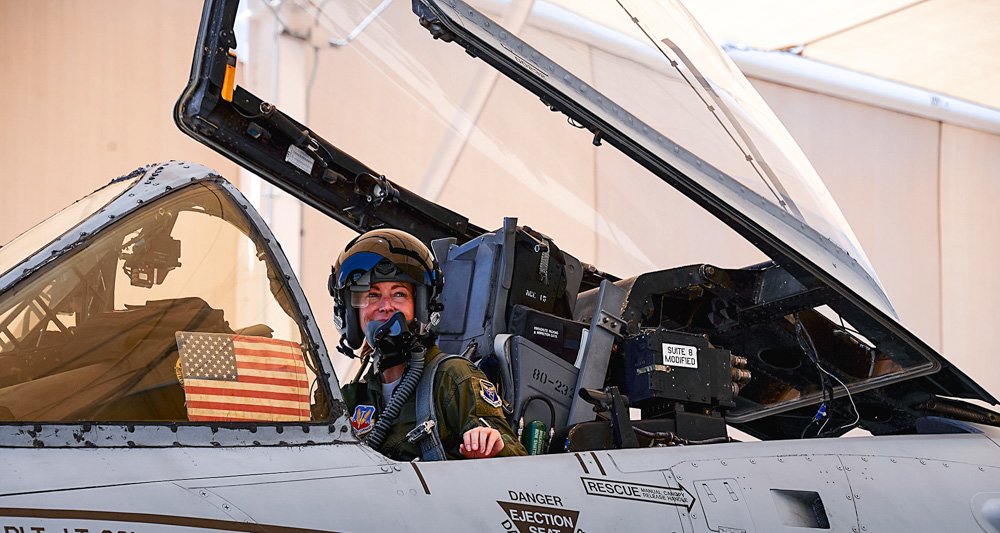Looking at all these posts.
F-18, F-15, F-16, F-14, A-10 ( I love the A 10 ugly and more ugly) , it would not have mattered the RCAF would have still been flying one of those models well past the best before date. Canada is famous for buying once every other generation for major defence purchasing.
Sea Kings, Leo 1, 5/4 chevy, C-130 ( flying them then put them in museums only to grab parts from later) , the Navy ( how many years are they behind in purchases?) . Simple things like a side arm, 1940 something surplus or weapons embargo could not deliver, here army you use them.
( Only reason the Canada government let the LAVs leave London for the Middle East was because Export Canada already paid for them and the Canadian Army could not use them in the numbers produced,. That is another story or theory )
Canadian government will buy the next air frame, 10 to 15 years down the road look at what it will take to keep it flying for another 10 -15 years and cost it out. Then delay that project till the airframe is closer to 20 years old, then update it and modernize it so it can fly another 15 to 20 years then we have another 30 to 40 year old fighter to look at replacing, and then delay that for 10 years. Forbes has a story that they assuming the F35 will have 66 year life cycle. ( So they are looking at massive upgrades over the next 40 years )
The Five Most Important Facts About F-35 Fighter Sustainment
So if you join the air force today get right in to Jet flying at 25 ( pipe dream i know) You will fly the F18 for another 5 years) then never get promoted out of your cockpit, never get a desk job. Fly your entire career. Retire at 55 from flying. Have a kid or two some point during your career and he or she becomes a fighter pilot. He or She could be flying the same airframe for their career ( 20 to 30 years) if the life cycle is 66 years. Be the family jet
s
Crazy I only B52 crews thought like that.
Just my thoughts this morning ( good thing I do not drink coffee)



